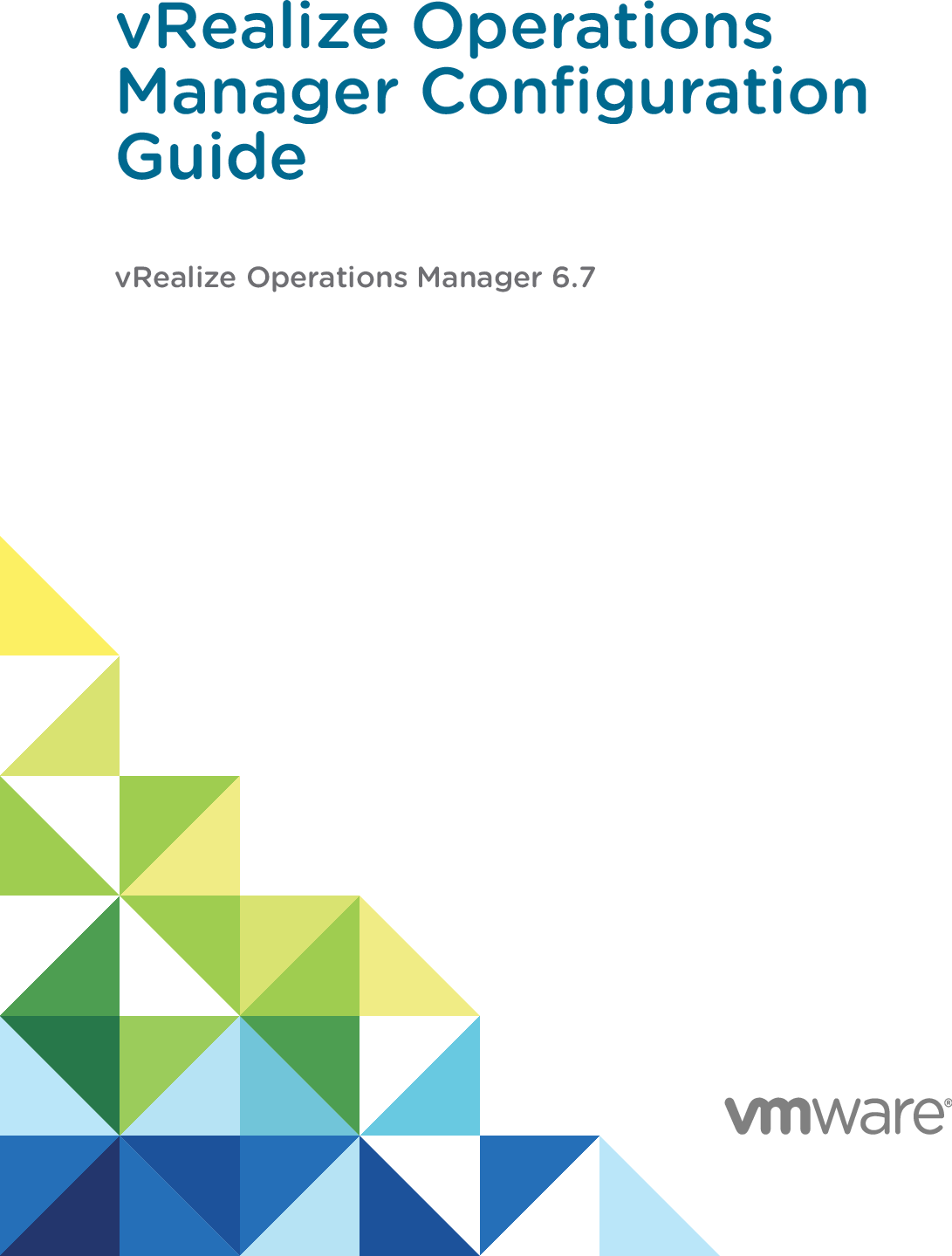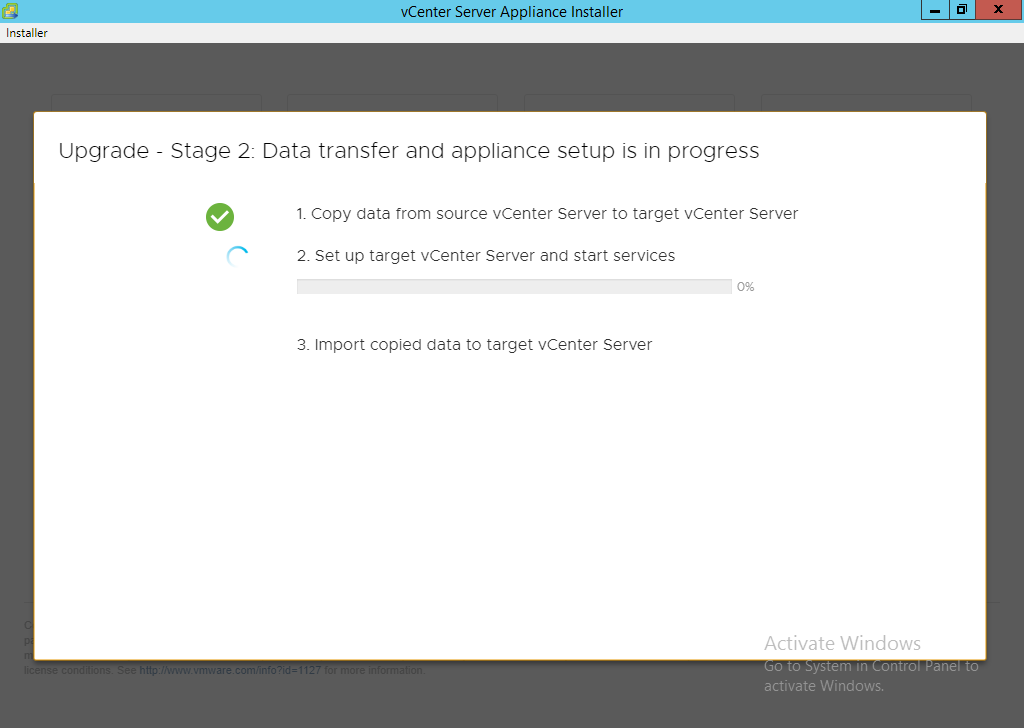

- EPOPS VCENTER DOWNLOAD INSTALL
- EPOPS VCENTER DOWNLOAD ZIP FILE
- EPOPS VCENTER DOWNLOAD FULL
- EPOPS VCENTER DOWNLOAD PASSWORD
- EPOPS VCENTER DOWNLOAD WINDOWS
EPOPS VCENTER DOWNLOAD INSTALL
EPOPS VCENTER DOWNLOAD ZIP FILE
Remove-ItemProperty -Path HKLM:\SOFTWARE\VMware\EPOps Agent -Name InstalledVersionĬopy the zip file and the batch file to your configuration manager applications source directory (e.g. New-ItemProperty -Path HKLM:\SOFTWARE\VMware\EPOps Agent -Name InstalledVersion -PropertyType DWord -Value 6707947327Ĭreate a second test file called uninstall.ps1, with the following commands: %systemdrive% Expand-Archive -Path %~dp0ep-agent.zip -DestinationPath $env:systemdrive\ -Force
EPOPS VCENTER DOWNLOAD FULL
Create an installation batch fileĬreate a new text file called install.ps1 and add the following commands to it, replacing the InstalledVersion value is simply the version from the filename of the agent you downloaded with the full stops removed. The agent stores the unique token for this computer in the EPOps agent folder at %ProgramData\VMware% thus it is safe to remove this directory as if and when the agent is installed to this computer again, it will reuse the same token avoiding any duplicates in vROps). Once the zip file has been created, remove the %systemdrive%\ep-agent directory. below it assumes a directory called build exists in the root of the system drive (usually C:), and the agent version to match the version downloaded above:Ĭompress-Archive '$env:systemdrive\ep-agent' '$env:systemdrive\build\ep-agent-win-圆'

Next run the following command from an administrator powershell prompt to send the agent folder to a compressed file, altering the output path (e.g.

The files unique to this client must be removed before packaging for distribution, to do this, run the following commands (replacing the drive and paths to where you installed the agent): %systemdrive% The image below illustrate the lines added. You now have a standard agent configuration file that can be used to deploy the agent. If you did upload a custom certificate, the first thumbprint in the list is the correct one.’

Unless you replaced the original certificate with a custom certificate, the second thumbprint in the list is the correct one. ‘To view the certificate thumbprint value, log into the vRealize Operations Manager Administration interface at Address/admin and click the SSL Certificate icon located on the right of the menu bar.
EPOPS VCENTER DOWNLOAD PASSWORD
In the next step, enter the username and password for the endpoint agent account configured in vROps.įor the next step (adding the certificate thumbprint), the certificate thumbprint can be retrieved using the following guidance in the official vROps user guide: Replace the server address with the address of your vROps standalone or cluster FQDN. Refer to the GUI installation section below for where to retrieve the certificate thumbprint.: vRealize-Endpoint-Operations-Management-Agent-x86-64-win-6.7.0-7947327.exe -serverAddress .uk -username endpointagent -password demopassword -serverCertificateThumbprint '70:3C:BC:31:65:C7:52:98:32:B8:2D:4D:B2:81:BE:D8:C2:A7:AC:E4' /SILENT Replace the values with those required, the /SILENT flag will show a progress bar, remove the /SILENT to show the GUI, or replace with /VERYSILENT to be completely hidden. ' as post install steps to run after the silent install is another option. If you prefer this method, adding the ep-agent steps listed below at ‘Create an installation batch file
EPOPS VCENTER DOWNLOAD WINDOWS
It may seem that you could just call the silent installer direct via ConfigMgr, however this has the downside that the password is unencrypted in the command and thus logfiles (depending on deployment system used), and the windows agent often requires ep-agent.bat setup to be called from the command line after the installer has run to register it with the server correctly.


 0 kommentar(er)
0 kommentar(er)
